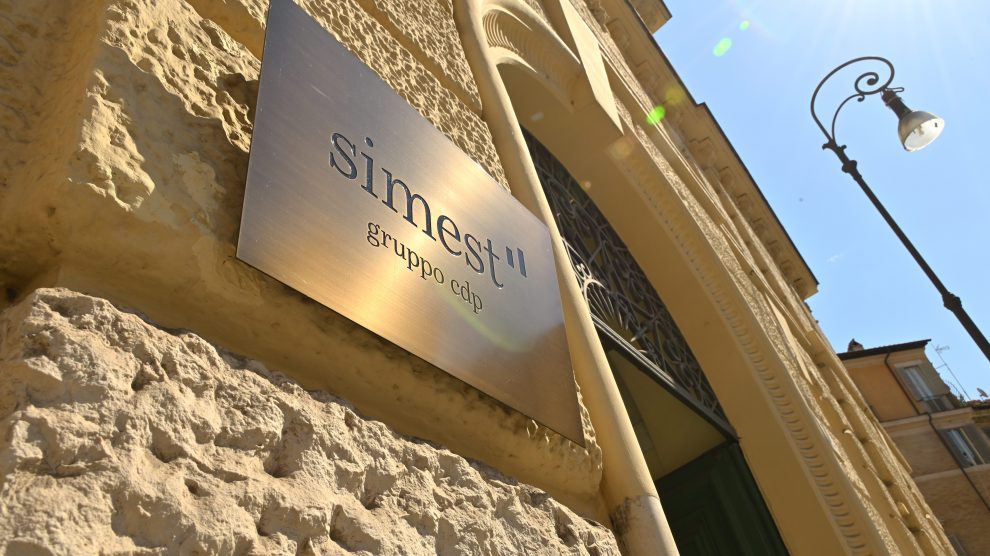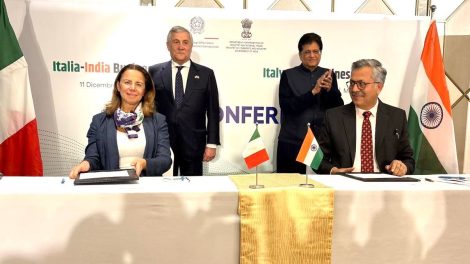Italian export was already expected to sail through a record year in 2021, set to reach 500 billion by Foreign Minister Luigi Di Maio‘s estimate. That record-breaking figure is nonetheless in line with the wider post-pandemic bounce back trend that saw the country’s GDP grow at a rate of 6.2 % last year.
This was reflected by the most recent numbers published by SIMEST, an entity controlled by State lender CDP and presided by Pasquale Salzano, dedicated to supporting Italian SMEs and mid-cap companies in their quest to win over foreign markets.
62 SMEs celebrated a grand total of 115 major operations, representing a 200% growth with regard to 2020, in 40 different foreign countries, writes Italy’s leading economic publication, Il Sole 24 Ore. The total value of these operations equals €406 million.
SIMEST achieved these “important results” through a massive information campaign and constantly innovating the offering of financial instruments, explained Mauro Alfonso, the company’s CEO, to the paper. The key is to make them ever fitter to the needs of client SMEs, he added.
Companies assisted by SIMEST can tap into a public fund that’s bankrolled by the European Union’s Recovery and Resilience Facility via Italy’s National Recovery and Resilience Plan (NRRP), i.e. the roadmap drawn up by Prime Minister Mario Draghi to meet the Brussels-set targets and ensure over 200 billion are properly spent by 2026.
The last quarter of 2021 alone saw 44 operations amounting to over 185 million, noted Il Sole. Exports were headed to countries in the EU (Austria, France, Germany, Ireland, Romania and Spain) and outside, namely Brazil, Canada, China, Costa Rica, Egypt, Guinea, Honduras, India, Kenya, Malaysia, Mexico, Pakistan, Turkey, the United States, Uzbekistan and Vietnam.
Many of the export deals fell in the category of heavy machinery and special equipment – agricultural, paper-cutting, automotive and packaging, as well as water-treating and glass, plastic and metal-working machines. This highly specialised market segment allowed Italian production to weather the harsher impact of global supply chain disruption.
S&P Global Ratings noted that key shortages have been particularly acute for certain European industrial fields, which is reflected in Germany’s lacklustre industrial production (10% below its 2019 average, 42% when referring to the auto industry). That should have had a greater impact on Italy, which acts as the main supplier of auto parts.
“Interestingly Italy, the eurozone’s second-biggest industrial powerhouse, has suffered less from these shortages because of a slightly different specialisation; industrial production there has been hovering close to its pre-pandemic levels since the summer,” wrote the rating agency.
The growth is sustained by the immense number of Italian companies dealing both directly and indirectly with foreign markets – seven in ten. Given that Italy’s economy is forecasted to climb over 4% in 2022, it’s safe to assume the upward trend will maintain a healthy degree of momentum.





